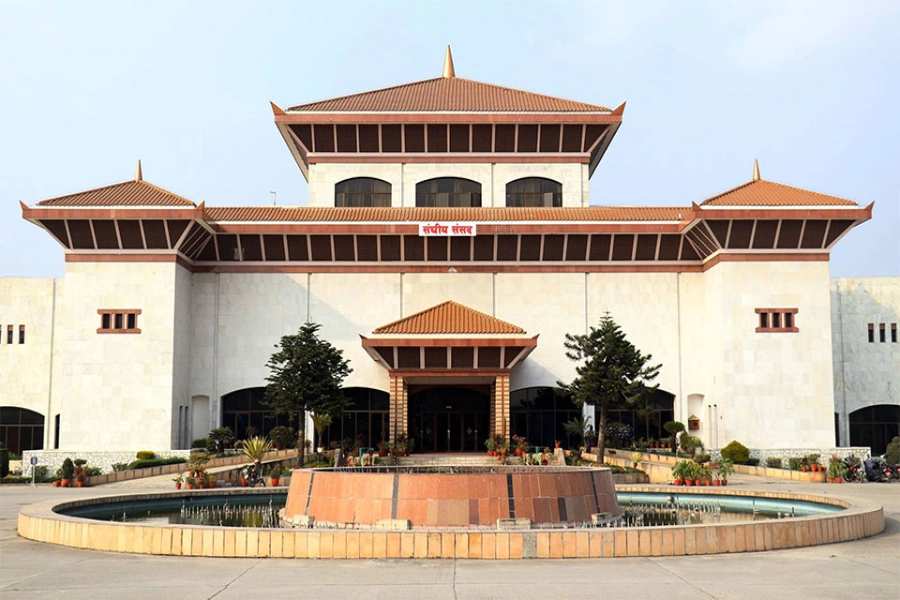On Friday, two rhinos– an adult and a four-year-old male – were found dead on the bank of the Narayani River in Madhyabindu Municipality-2 of Nawalparasi (East). The incident that occurred in Chitwan National Park (CNP) area is suspected to be yet another case of poaching, as the horn of the female rhino was found in a severed condition. According to a preliminary investigation, the rhinos were electrocuted by poachers. The investigation is ongoing and we will have more information on the exact cause of the death in due course of time. But these deaths are a tragic reminder of our ongoing struggle to protect one of Nepal's most iconic and endangered species. According to CNP officials, a total of 10 one-horned rhinos have died in the CNP area in the current fiscal year 2022/23. Of them, seven died of natural causes, one due to electrocution, and two were killed by poachers.
South Africa slowly turning tide against rhino poaching, says m...

The recent increase in rhino deaths is alarming and should prompt us to take concrete action to help save them from possible extinction. According to the rhino census conducted in 2021, Nepal's rhino population has risen to 752, from 645 in 2015. However, the same success story is at risk of being undone by our failure to protect these endangered animals. Time and again, rhinos are found dead in Nepal and killers often go off the hook. As things stand, Nepal has lost rhino population not only due to poaching—some have died due to natural causes. But in either case, it only shows how wildlife preservation authorities have failed to save these endangered species by providing them a better environment to live in. Smugglers and poachers have made Nepal a convenient location for illegal wildlife trade. Our inability to save their habitats has resulted in an aggravating situation of wildlife loss. It is a grave concern that smugglers and poachers have in recent days made Nepal a convenient location for illegal wildlife trade, and our inability to save their habitats has worsened the situation. The CNP is home to a significant population of rhinos and the park's management struggles to protect them from poachers, who are in part driven by the illegal trade in rhino horn.
The government of Nepal has a responsibility to protect the endangered species, and this requires a strong commitment for conservation and law enforcement. In addition to increasing patrols and strengthening laws, the government must also work with other countries including India and international organizations to combat the illegal trade of rhino horn. We must all work together to protect the rhinos and other endangered species in Nepal. This includes raising awareness about the plights of rhinos, supporting conservation efforts, and speaking out against the illegal trade of rhino horn. It is imperative that we take a strong stand against poaching and illegal wildlife trade, which not only harms the animal population but also undermines the ecosystem balance. As a society, it's our responsibility to protect and conserve our natural heritage for future generations. We must act now before it's too late. Let's not let the tragic deaths of these two rhinos be in vain; let's use this as a wake-up call and take the necessary actions to protect the rhinos and their habitat.




































